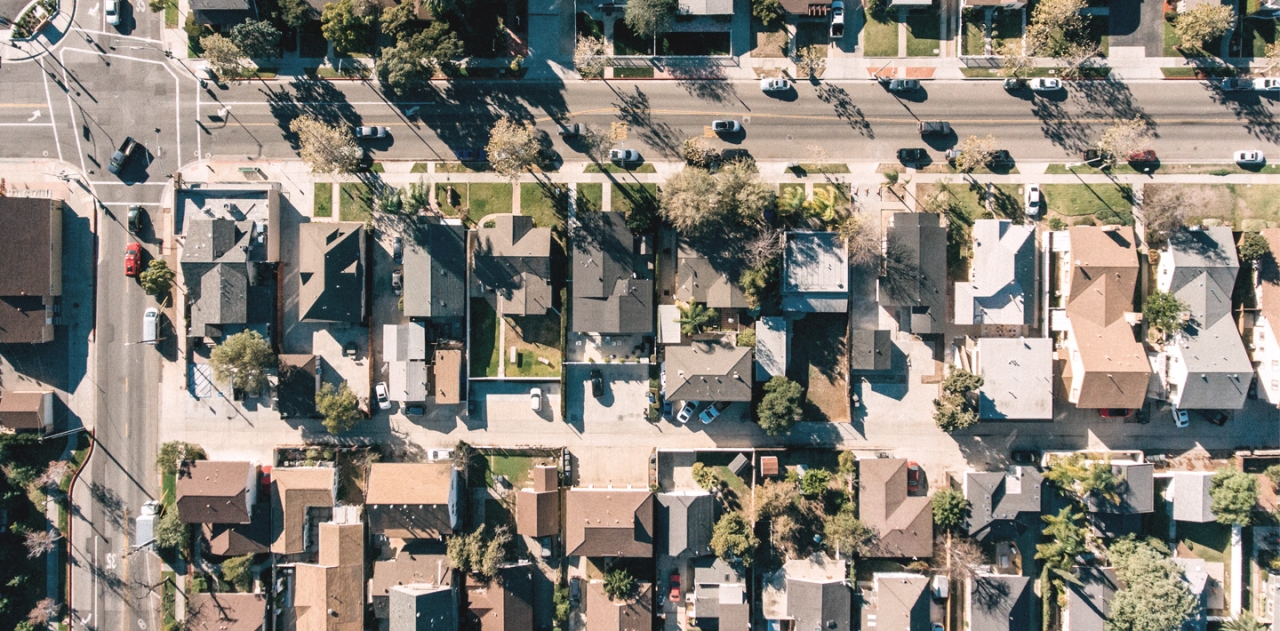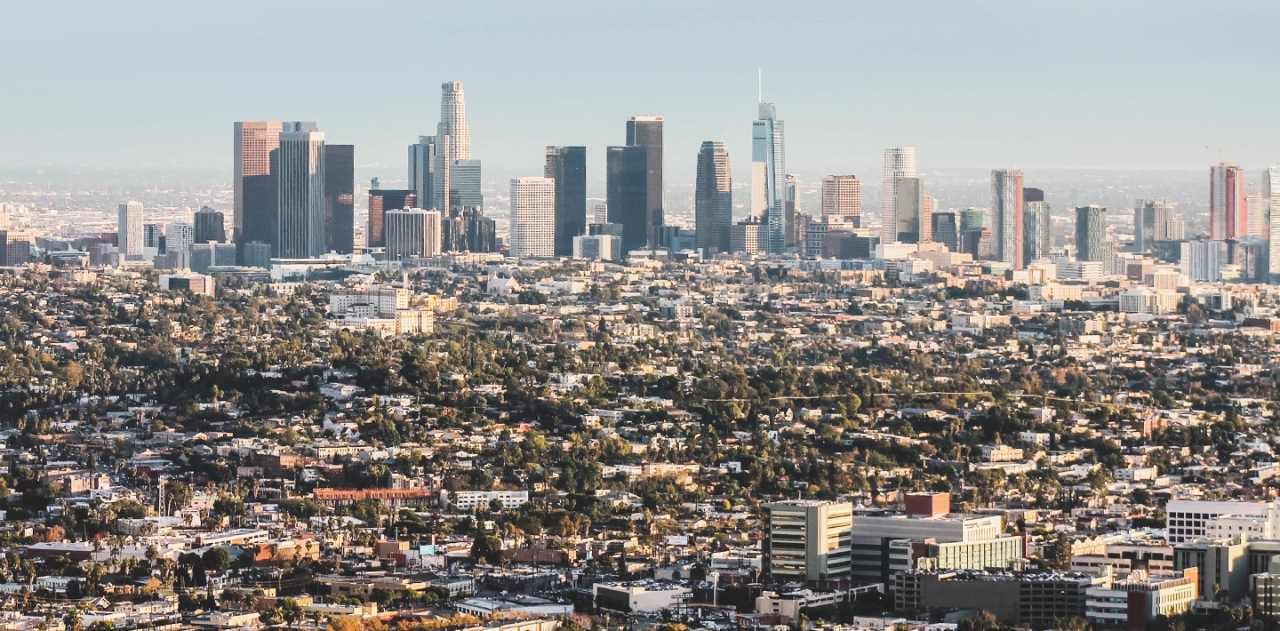Improving Water Conservation Through an Equity Lens
Emphasizing equity in water conservation encourages higher engagement from underserved communities and leads to stronger outcomes. Three WSP experts explain how.
Published 04-19-22
Submitted by WSP

When it comes to developing water conservation programs to address resource challenges, there isn’t one simple solution. But there is one thing we need to address more effectively in every solution: Equity.
In California, water conservation continues to be central to the water supply discussion, especially as droughts, wildfires and the disruption of rainfall patterns all contribute to making already limited water supplies even more scarce.
Much of California’s water is supplied by snowpack – layers of snow in high elevations that feed the state’s rivers, streams and reservoirs as they melt. With annual snowpack levels diminishing year over year, there is even more pressure on water supplies, which is driving the need to search for more creative water supply solutions.
Conservation Now
This difficult supply situation has created a critical need for conservation programs that encourage customers to reduce their water use; but even well-designed conservation programs struggle to change water use habits. Water conservation behavioral change is further complicated by how users consume water and who is paying the bill. Conservation programs are often criticized for focusing primarily on the needs of single-family homeowners, while overlooking the needs and limitations of customers in multi-family and/or underserved communities.
For example, statistics have shown that renters are less likely to invest in water-saving appliances. Property owners of multi-family units in low-income black, indigenous and people of color (BIPOC) neighborhoods are also unlikely to make proactive investments for water conservation in that property.
A successful conservation program must acknowledge and address the different water conservation needs those tenants, landlords and commercial businesses will have.
Without careful planning, oversight and messaging, the benefits of conservation programs often flow to higher income, more well-educated homeowners. Conservation programs, which are usually administered and funded by the water suppliers, need to be designed with equity, language and cultural competency in mind. A resident struggling to pay rent and who is facing food insecurity may dismiss messages about water conservation as “not urgent.”
For non-English speaking customers, translations of outreach materials are not always clear or accurately presented and often fail to take cultural considerations into account. Messages trying to sell the attainment of a “green lifestyle” are more likely to resonate with white people with higher education and incomes; attaining this type of lifestyle achievement may not resonate in BIPOC or non-Westernized communities.
The key is to find the right mix of messages, at the right times, that account for the overall context of the audience.

Inclusion of Underserved Communities
Underserved communities often have difficulty accessing information about the programs or accruing any of the benefits intended to drive behavior change and provide financial relief. This is partly a result of how these programs are publicized.
For example, some communities may prefer local broadcast stations and publications that operate in their native language. The information may not appear in the local “newspaper of record,” which may vary from community to community. Residents may simply be unaware that a program exists or how it can help them save water — and therefore, save money. Or, they may feel the program isn’t relevant to their circumstance or not intended for them.
Logistically, the details of conservation programs can be confusing and information about the application process and qualification guidelines are often inadequately communicated and hard to understand. Additionally, programs are often fractured, requiring interaction with more than one entity, further complicating access for consumers.
The result is that a well-intentioned conservation program often becomes a case of missed opportunity.
To overcome this inequity, water supply agencies — and by extension, organizations designing conservation programs — are searching for fresh ways to reach a broader range of water users. These agencies are finding success by developing creative partnerships with community groups and community-based outreach staff to deliver the message about the program in ways that resonate with their customers.
For example, once a program has been launched, water supply agencies can partner with community-based day care providers and food banks – places where families from underserved communities are already congregating – to share information about the benefits their families will derive from the water conservation program.

Encouraging Higher Engagement
The past decade has seen a significant uptick in discussions of water supply and conservation, and equity and inclusion. The two topics are now becoming inextricably linked.
In California, for example, a tax measure in 2018 that funds stormwater capture projects to augment water supplies was passed with a 2/3 majority. Major water agencies, such as the City of Los Angeles Department of Water and Power and the Los Angeles County Department of Public Works, have appointed chief equity officers to ensure a voice for all communities.
And while this is progress, engagement within disadvantaged communities around conservation efforts continues to be a challenge. Barriers for these communities include language, access to technology and the time required to investigate and engage with programs on top of everyday responsibilities.
To encourage action, programs must demonstrate that the value of participation is as valuable as the time necessary for activities like commuting, working multiple jobs, caring for family, managing daily household and community responsibilities.
To start making progress with equity in water conservation, existing programs can be modified to reduce the complexity of the application process, add emphasis to multi-family communities and consider how cultural factors such as prevalence of multi-generation households affects water consumption, and therefore conservation. Outreach and program support staff can be brought to places applicants already frequent, such as in community centers, parks and where they access other community services.
Our focus in 2022 and moving forward should extend beyond creation of conservation programs simply for their potential to reduce water use. We need to emphasize equity in conservation engagement to encourage a deeper understanding of the problem and its near- and long-term impacts on everyone and build enduring partnerships with underserved populations around this important issue.
Only when this occurs can a water conservation program fully deliver on its promise of serving the whole community, while protecting and preserving the environment and water supplies.
[To subscribe to Insights, contact the editorial staff at insights@wsp.com.]

WSP
WSP
WSP is among the world's largest environmental, engineering, advisory and sustainability consulting firms, with more than 55,000 professionals worldwide. We design lasting solutions in the buildings, transportation, energy, water and environment markets, and develop equitable, ESG-centered strategies that help organizations and communities adapt to changing conditions and become more resilient. Reckon with the past. Innovate for the future. Learn more at wsp.com.
More from WSP

